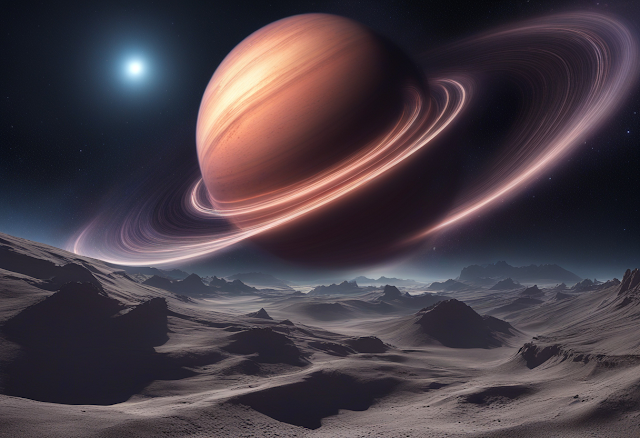You may have heard that some scientists think there is a ninth planet in our solar system, hiding far away from the Sun and the other planets. They call it Planet 9, and they say it is about 10 times bigger than Earth and 20 times farther than Neptune. They also say it is responsible for the weird orbits of some objects in the outer solar system, called Kuiper belt objects (KBOs).
But what if Planet 9 is not real? What if there is another explanation for the strange behavior of the KBOs? That is what two physicists, Harsh Mathur and Katherine Brown, propose in a new study. They say that we don’t need to invent a new planet to explain the data. Instead, we need to change our understanding of gravity.
Gravity is the force that keeps us on the ground and makes the planets orbit the Sun. You probably learned about gravity in school, and you may have heard of Isaac Newton and Albert Einstein, who came up with two famous theories of gravity. Newton’s theory works well for most situations, but it fails when things get very fast or very massive. That is where Einstein’s theory comes in. It explains how gravity affects space and time, and how it can bend light and create black holes.
But even Einstein’s theory is not perfect. It has some problems when it comes to explaining how galaxies behave. Galaxies are huge collections of stars, gas, dust, and dark matter (a mysterious substance that we can’t see but we know exists because of its gravitational effects). Galaxies spin very fast, and according to Einstein’s theory, they should fly apart. But they don’t. They stay together, as if there is more gravity than we can account for.
One way to solve this problem is to assume that there is more dark matter than we thought. Dark matter would provide extra gravity to hold the galaxies together. Another way is to modify Einstein’s theory and come up with a new one that works better at large scales and high speeds. This is what Mathur and Brown did. They used a theory called Modified Newtonian Dynamics (MOND), which suggests that gravity behaves differently at very large scales and high speeds .
They applied MOND to the solar system and found that it could explain the strange orbits of some KBOs without needing Planet 9 . They argued that the KBOs are not influenced by a hidden planet, but by the Milky Way galaxy itself. The galaxy exerts a small but noticeable force on the solar system, which affects the orbits of the KBOs in a way that MOND can predict.
They also claimed that their model of MOND is consistent with other observations of the solar system, such as the Pioneer anomaly and the flyby anomaly . These are unexplained deviations in the trajectories of some spacecraft that have explored the outer solar system. For example, the Pioneer 10 and 11 probes, which were launched in the 1970s, slowed down more than expected as they moved away from the Sun. The flyby anomaly refers to the unexpected speed changes of some spacecraft that used Earth’s gravity to boost their velocity.
Mathur and Brown suggested that their model could be tested by future missions to the outer solar system, such as the New Horizons 2 probe . This would be a follow-up to the New Horizons probe that visited Pluto in 2015 and flew by a KBO called Arrokoth in 2019. The New Horizons 2 probe would aim to explore more KBOs and test whether MOND or Planet 9 is a better explanation for their orbits.
So, what do you think? Is there a ninth planet in our solar system, or do we need a new theory of gravity? Let us know your thoughts in the comments below!
- Evidence for 'Planet 9' may actually show our theory of gravity is incomplete
- Elusive Planet Nine could be an alternative form of gravity masquerading as a planet, study claims
FTC Disclosure: This post contains affiliate links, which means I may receive a commission for purchases made through my links.

Comments
Post a Comment